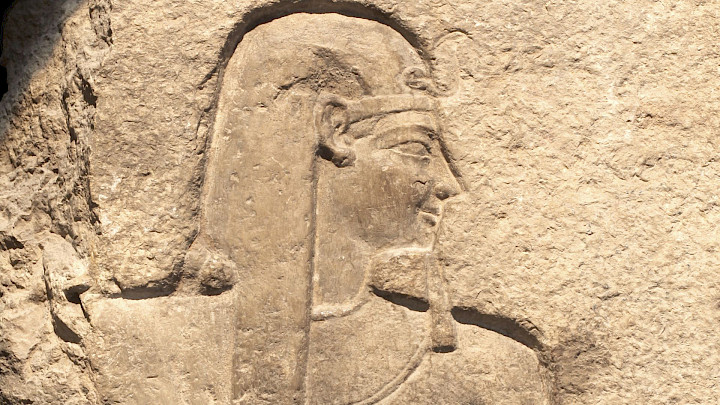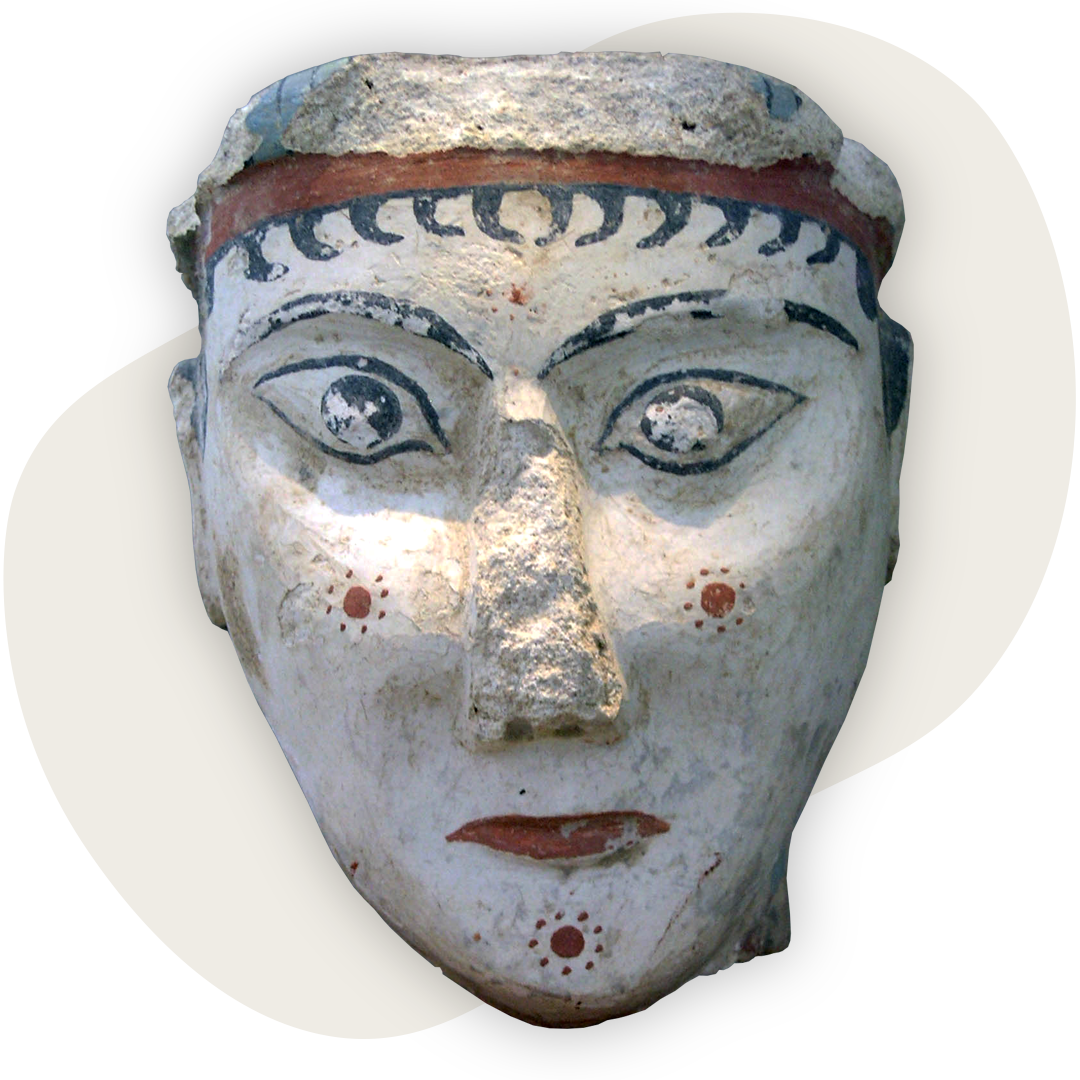Displaying items 1 to 12 of 488

Was Caesarion the son of Julius Caesar and Cleopatra?
Progeny and propaganda in the first century BCE
Read more

We publish well-researched and engaging material about the ancient world, created by academically-trained archaeologists and ancient historians who are passionate about the past.
Displaying items 1 to 12 of 488

Read more